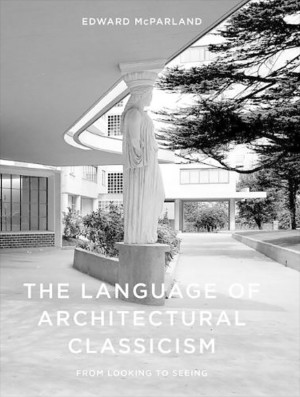By Edward McParland
This book invites readers to discover in their surroundings a rich language of form which is there to be revealed. It discusses the pleasures and problems of post-medieval architectural classicism, both its rigour and flexibility, its perfections and incompleteness, its continuities and innovations, and its expressiveness - from the camp to the sublime, and from originality to plagiarism. Abandoning conventional chronological, biographical or stylistic arrangements, the book makes connections between familiar art historical periods, focusing on looking closely at the buildings and their details, from which useful generalisations emerge. The book discusses how Renaissance architects, when faced with the bewildering variety of classical antiquity, produced canonical versions of the orders and thus a systematic method of designing in the antique manner. It asks how the highly regulated language of classicism can sustain the originality of a Michelangelo, a Soane or a John Simpson and looks at the human body in relation to classical architecture.
London, 2024, 24 x 17 cm, 288pp. illustrated, Hardback.
